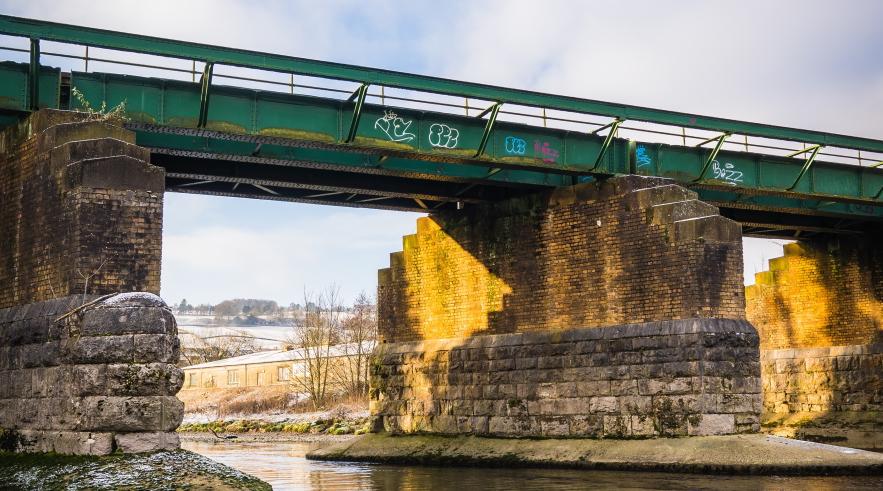
CSIC’s approach to predict the formation of bridge scours, and how the increase in river flooding expected as a result of climate change can impact scour, is being applied to Network Rail bridges along the River Stour.
CSIC’s approach to predict the impact of the climate change-related increase in precipitation and temperature on scour is being modelled to railway bridges in the UK.
Climate change is expected to modify the severity of extreme floods by altering peak values, flood volumes and frequency. Changes to the magnitude and frequency of floods will also modify a river’s morphology and its capacity to transport sediments affecting the hydraulic parameters such as water discharge, water depths and flow velocities.
These changes mark the main drivers of bridge scour which, if significantly deep, can endanger the stability of a bridge foundation increasing risk of structural damage or failure. Faced with escalating frequency of extreme weather events such as flooding, it is forecast that one in 20 bridges in the UK will be at high risk of failure by 2080. However, current scour risk assessment models employed by the industry for predicting scours can be insensitive to increases in risks due to climate change.
Better decision-making requires a systematic and risk-informed approach to assess the degree of climate change risk and the vulnerability of bridges to climate change impacts in order to develop a management strategy that takes into account both measures. To this end, CSIC’s research team has developed a probabilistic approach to predict the formation of scours and how the increase in river flooding in different climate scenarios can impact it. CSIC researchers are now working with Network Rail to apply this probabilistic approach to the railway bridges within the River Great Stour catchment, located in south-east England.
Find here the link to a recent related publication entitled ‘A bridge scour risk management approach to deal with uncertain climate future’ .
